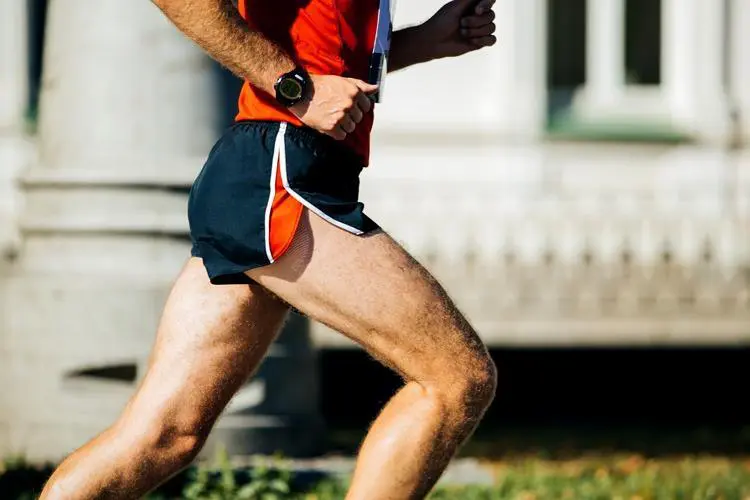Iliotibial band syndrome
Iliotibial band syndrome or ITBS is the second most common knee pain with runners and the most common one on the lateral side of the knee.
It has been suggested that the frictional forces between the ITB and the lateral femoral condyle/bone are the highest at 20-30 degrees of knee flexion. This happens during the first half of the stance phase of running.
Key facts of ITBS
To this day, we haven’t found any biomechanical difference in flexion/extension patterns with runners suffering from ITBS and pain-free runners.
The supposed role of the band is to stabilize the knee, resisting to hip adduction and knee internal rotation. Abnormal foot and/or hip mechanics can come into play.
At this point, we consider that one or a combination of the following can be at the root of causing ITBS: pelvic drop – from weaker hip abductor muscles – and atypical anatomical alignment – from excessive knee internal rotation, resulting in a knee collapse.
To sum it up
To help with solving a knee problem, we have to carefully look at your foot and your hip joints and muscles. In many cases of overuse injuries, a knee problem resonates with other upstream or downstream problems.

